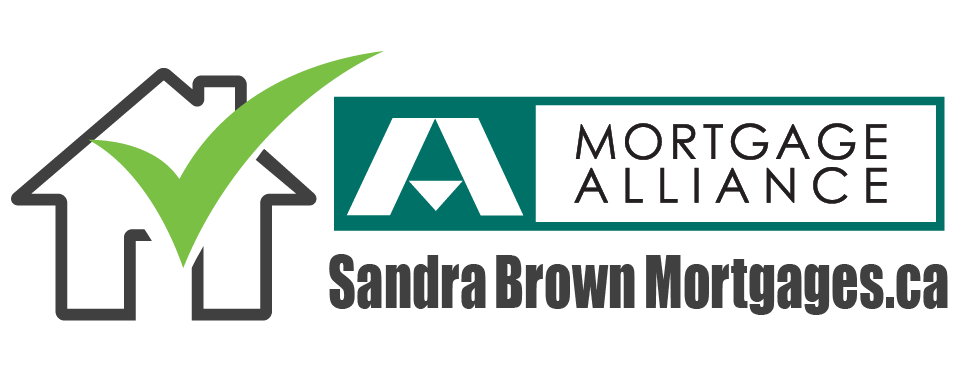When it comes to mortgages, misinformation can be abundant, leading potential homebuyers astray. In this piece, we’ll set the record straight on some common mortgage myths, providing you with the accurate information you need to navigate the homebuying process with confidence and ease.
Myth 1: A 20% Down Payment is Mandatory
One of the most common myths in the homebuying process is the belief that a 20% down payment is a non-negotiable requirement. This is simply not true. In Canada, there is a program known as an Insured Mortgage, which allows for a down payment of less than 20%. Under this program, buyers might encounter stricter guidelines and requirements, but it facilitates the homebuying process for individuals who may not have a full 20% to put down upfront.
With an Insured Mortgage, it’s possible to initiate the purchase of a house with as little as 5% down, and in some cases, even less if specific township programs are available to assist prospective buyers further.
Myth 2: Pre-Qualified Equals Pre-Approved
Many people use the terms ‘pre-qualified’ and ‘pre-approved’ interchangeably, but there are crucial differences between the two that homebuyers need to understand. Pre-qualification is an initial step that gives you an estimate of how much you might be eligible to borrow based on the financial information you provide. It’s a quick, simple assessment that does not dive deep into your financial history.
On the other hand, pre-approval is a more in-depth process where a lender examines your financial background, credit score, and other factors to give you a clearer picture of the loan amount and interest rate you qualify for. Understanding this distinction is essential as it influences your planning and expectations during the homebuying journey.
Myth 3: Conditional Approval Guarantees a Mortgage
Conditional approval is an important step in the mortgage process, but it is not a 100% guarantee that you will receive the mortgage. At this stage, the lender has reviewed and approved your application, subject to specific conditions being met.
These conditions could include verification of your financial information, a successful home appraisal, or other requirements set by the lender. These conditions must be satisfied before the mortgage is fully approved. It’s crucial for homebuyers to be aware that there are still steps and potential hurdles to clear even after receiving conditional approval.
Myth 4: Perfect Credit Score Required
Let’s debunk this: you don’t need a flawless credit score to get a mortgage. Sure, a sparkling score can get you favourable rates, but a few credit blemishes won’t shut you out of the homebuying game. Various mortgage options are tailored for folks with diverse credit histories. So, if your credit score is less than stellar, don’t lose hope!
Myth 5: Fixed Rates Are Always Better Than Variable Rates
Many believe that fixed-rate mortgages are always the way to go, painting them as the safer bet. However, whether fixed or variable rates are better for you isn’t set in stone. Fixed rates offer the comfort of consistency, your payment won’t change over the term. However variable rates, while fluctuating, usually start with lower interest. Your own financial stability, willingness to take risks, and the current economic climate all play a part in deciding which is truly the best for you.
Myth 6: Refinancing Will Solve All Financial Issues
Refinancing is often seen as the go-to solution for all money troubles after buying a home. While it’s true that refinancing can decrease your monthly payments, let you access equity, or extend your loan term, it isn’t a magical fix. There are fees involved, possibly penalties for leaving your existing mortgage, and you may end up prolonging your debt journey. Therefore, think it through and weigh the pros and cons before jumping onto the refinancing bandwagon.
Myth 7: High Rent Payments Easily Translate to Mortgage Affordability
Many believe that if they comfortably manage high rent payments, affording a mortgage will naturally follow. For instance, if you’re accustomed to parting with $3000 in rent every month, you might assume managing a $ 1,500 mortgage payment is straightforward.
However, the financial dynamics of renting and owning differ substantially. Homeownership comes with its own set of financial responsibilities beyond just the mortgage payment, including property taxes, insurance, and the inevitable maintenance and repair costs. Moreover, qualifying for a mortgage isn’t just about proving you can make a payment every month. Lenders take a holistic view of your financial health, scrutinizing your credit score, the size of your down payment, and the stability of your income.
Navigating through these prerequisites can be trickier than expected, so it’s essential to approach with a well-rounded understanding and not just focus on the amount of rent you can afford.
This article has debunked common misconceptions, from down payments to credit scores, providing clarity for your journey toward homeownership. Armed with the right information, you’re now better prepared to navigate the mortgage process confidently and efficiently.




0 Comments